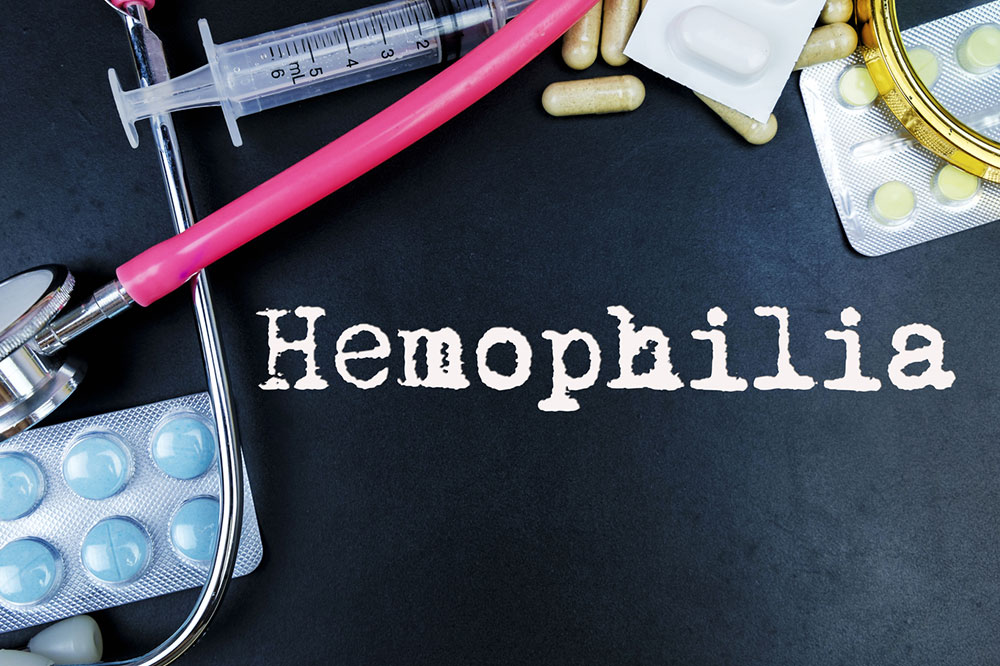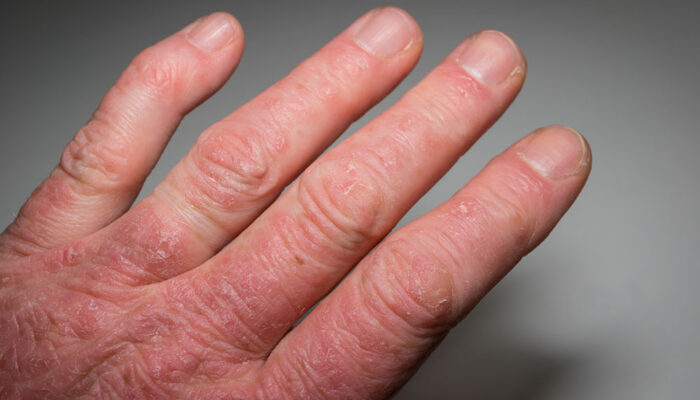
6 Early Warning Signs Of Hemophilia
Also called the royal disease, hemophilia is a clotting disorder that delays the stoppage of bleeding. Many complications can arise due to both external and internal bleeding. Furthermore, clotting can cause severe underlying conditions with unmanageable symptoms.
Men are more likely to experience hemophilia as the defective gene is present in the X chromosome, and men have only one. The recessive disorder must be present in both X chromosomes of a woman to suffer from this disorder. There is also acquired hemophilia, which is not inherited, but rather is associated with cancer and autoimmune diseases. In children, the signs and symptoms of hemophilia typically emerge around the age of two. Given its severity, it is necessary to know the signs of this disease for timely treatment. To help you, here are six early signs of this condition.
1. Bruising
Bumping on a chair, hitting the wall, or any such accident can cause bruising. It can also cause a hematoma, the building up of blood under the skin, causing swelling. Usually, bruising starts when children begin to crawl, around the age of twelve and eighteen months.
2. Easy bleeding
A tendency to bleed from the nose, mouth, and gums is common, especially after brushing or having dental work done. Even slight cuts and insignificant scratches and injuries can result in immediate, non-stop bleeding. It can lead to excessive blood loss, and in severe cases, anemia.
3. Blood in urine and stools
More than 60% of those who have hemophilia see blood in the urine. Red or brown urine can arise due to bleeding in the kidneys, bladder, or prostate (in men). Bleeding in the gastrointestinal tract can lead to blood in the bowels.
4. Bleeding in joints
Internal bleeding can cause hemarthrosis or bleeding into the joints. This occurs because joints are a common site of blood accumulation, which is a classic symptom of hemophilia. It can cause pain, immobility, and deformity over a long period. Joint bleeds can be chronic, painful, and crippling.
5. Bleeding in muscles
Internal bleeding can also occur in the blood vessels of muscles. It can lead to swelling, pain, redness, and spasms. In severe cases, it can damage nerves and even cause permanent deformity.
6. Bleeding into brain
Even a slight trauma to the head can cause bleeding in the brain. It can lead to alarming complications like blindness, vomiting, convulsions, lack of coordination, diminished cognitive ability, and constant headaches. If this worsens and is left untreated, it can lead to death.
If you observe any of these early warning signs of hemophilia or have a family history of this blood disorder, consult a doctor and take the necessary precautions.



